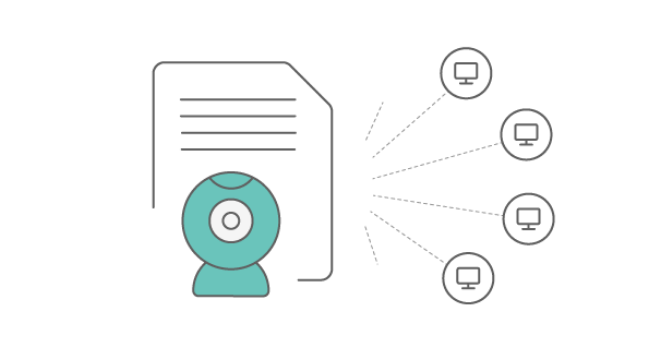Webcam Library for .NET Programming in C# and VB.NET
Expand Application Reach
Desktop and webcam uses will continue to thrive. Use the Dynamic .NET TWAIN’s Webcam Capture add-on to provide users with a webcam image capture option in your document management application.
C# Wrapper
Dynamic .NET TWAIN Webcam Module is a C# wrapper for DirectShow webcam capture library.
Supports All UVC Webcams
You can use the .NET webcam library to acquire images from any UVC-compatible webcam.
Video Stream Preview
Access to live webcam video stream preview and allow users to take a snapshot.
Key Imaging Features
| Device Support | Integrations | Server Side Support |
|
|
|
| Device Support |
|
|
| Client Side Support |
|
|
| Server Side Support |
|
Save Time and Cost
Dynamsoft’s intuitive .NET APIs enable you to easily access a DirectShow webcam. This saves you time, costs and resources needed to learn and keep updated on the DirectShow framework. Code samples for interacting with webcams in C# and VB.NET are provided. Award-winning technical support is available to help you rapidly deliver a successful solution.

Royalty-Free Desktop Distribution
- The license is perceptual and allows royalty-free desktop distribution.
- A site license with no developer limit is available.



